Types of wallpaper
A. Product Description
Wallpaper is an element of interior design that has a mostly decorative function. In some cases, it also has additional practical functions.
Usage
Most wallpapers are used for interior (inside) walls of homes, offices, restaurants, hotels, public buildings, etc. Some wallpapers with additional treatments can also be used for exterior (outside) walls.
Packaging
They are sold packaged in rolls, each roll has a label with its characteristics, article and batch number. Standard sizes for Europe are most often - single-width rolls: 0.53 x 10.05 m (~5 sq.m) and 0.70 x 10.05 m (~7 sq.m) and double-width rolls - 1.06 x 10.05 m (~10 sq.m).
Structure and design
The surface of the wallpaper can be smooth or structured. The design should be clean – without patterns, striped or with patterns. When the wallpaper has patterns and they are repeated, most often the patterns are adjusted to obtain the desired pattern.
Wallpaper is made up of two parts – a base and a coating. The base is most often made of paper or fleece (non-woven fabric), and the coating is made of paper or vinyl.
The most expensive wallpaper, 'Les Guerres D'Independence' (The Wars of Independence), is worth 70,883 leva for a set of 32 panels. The designer of this wallpaper is Zuber from France, his clientele is mainly in the USA.
B. Components and material
The wallpaper consists of two layers:
1) Base
Paper
Cheaper material, used for centuries; more labor-intensive base to work with; removal by wetting.
For the production of the paper wallpapers that TAPETIA KILIMIIA stores offer, recycled paper is mainly used. The gross weight determines the quality of the paper wallpaper.
Fleece
Non-woven fabric; used for about 20 years; more stable material; easy-to-work base; removable by peeling like a patch.
Fleece wallpapers are the latest innovation in the world of wallpapers - they emerged only 20 years ago. In Bulgaria, they have been known for a while. Thanks to the ease of working with them, home decoration enthusiasts are increasingly preferring them. Statistics show that over 50% of wallpaper production in the world is fleece wallpapers. Manufacturers prefer fleece because they provide a much more stable basis for innovations in the coating. Leaders in the wallpaper industry are gradually transferring their production entirely to fleece in order to preserve their image.
Fleece material is made from a combination of special long-fiber pulp, textile fibers and a binder. This compound is derived from up to 80% natural materials.
2) Coverage
Paper
not washable; colors may fade over time; odors, tobacco and grease absorb and may stain the finish
Soft vinyl
washable with a soft cloth; high sun resistance, does not fade; does not absorb odors
Hard vinyl
highly scratch and wear-resistant coating; more difficult dirt can be cleaned with a soft brush; high sun resistance; does not absorb odors and grease; some hard vinyl wallpapers are additionally treated and are flame retardant (they have a certificate, sometimes required for hotels or public buildings)
Heavy vinyl
the hardest and most scratch and wear-resistant coating; more material than hard vinyl; designs with more depth of light and shade and/or a heavier style; most common in Italian wallpapers; some are additionally treated and are flame retardant (they have a certificate, sometimes required for hotels or public buildings)
Textile
by textile wallpaper customers often mean vinyl-coated wallpapers with a textile structure; real textile coating made of textile threads is often handmade; the characteristics depend on the textile and are indicated on each wallpaper, it is usually not washable; some textile-coated wallpapers are additionally treated and are flame-retardant (they have a certificate, sometimes required for hotels or public buildings)
Natural materials
silk, bamboo, mica, green tea, gold, etc., are often handmade; characteristics depend on the material and are indicated on each wallpaper; are usually more delicate and require more careful maintenance
C. Wallpapers with additional features
Wallpaper for painting
- can be used on uneven walls - very suitable for hotels and public places - durable, easy to repaint - can be painted up to 10 times Rawfiber – wallpaper made of paper and wood particles Fleece fabric – wallpapers made entirely of fleece Fleece-based paintable wallpapers – Patent décor catalog, they are smooth on the back and very easy to work withRepair fleece
These wallpapers are used for repairing walls. They can be painted or wallpapered over. They differ in weight – the higher the weight, the greater the coverage.
Insulating polystyrene wallpaper
These wallpapers are applied as additional interior insulation. They are glued with polystyrene glue. If wallpaper is to be applied over them, they are primed with diluted polystyrene glue.


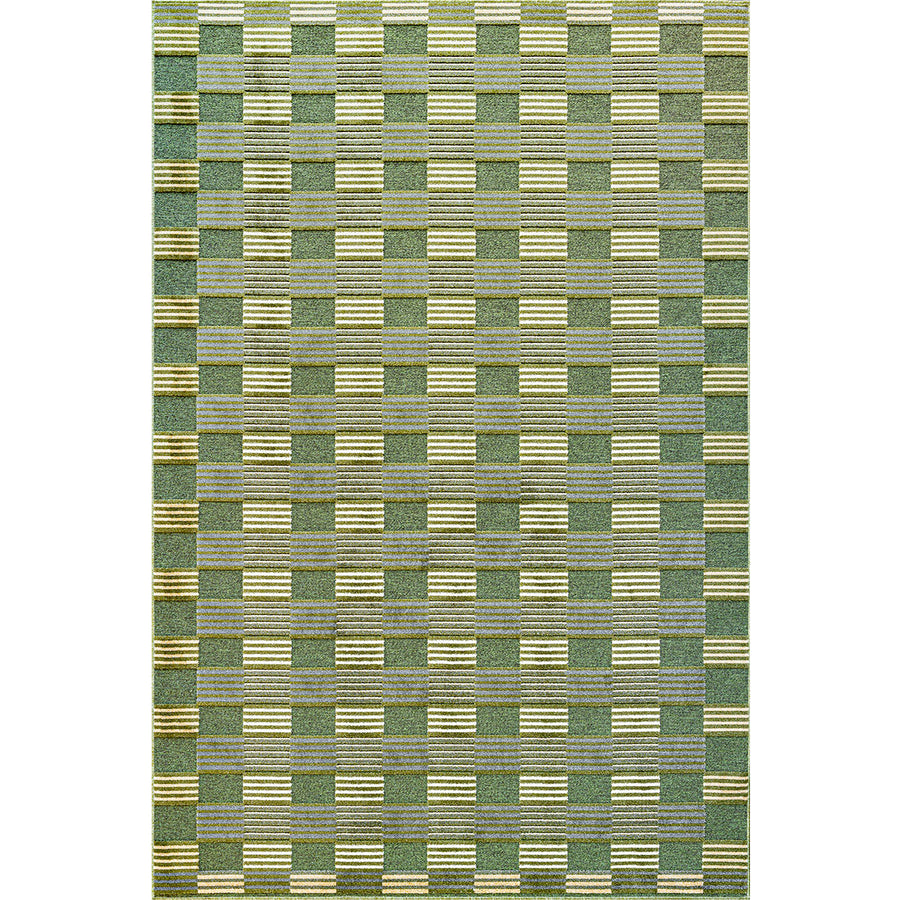
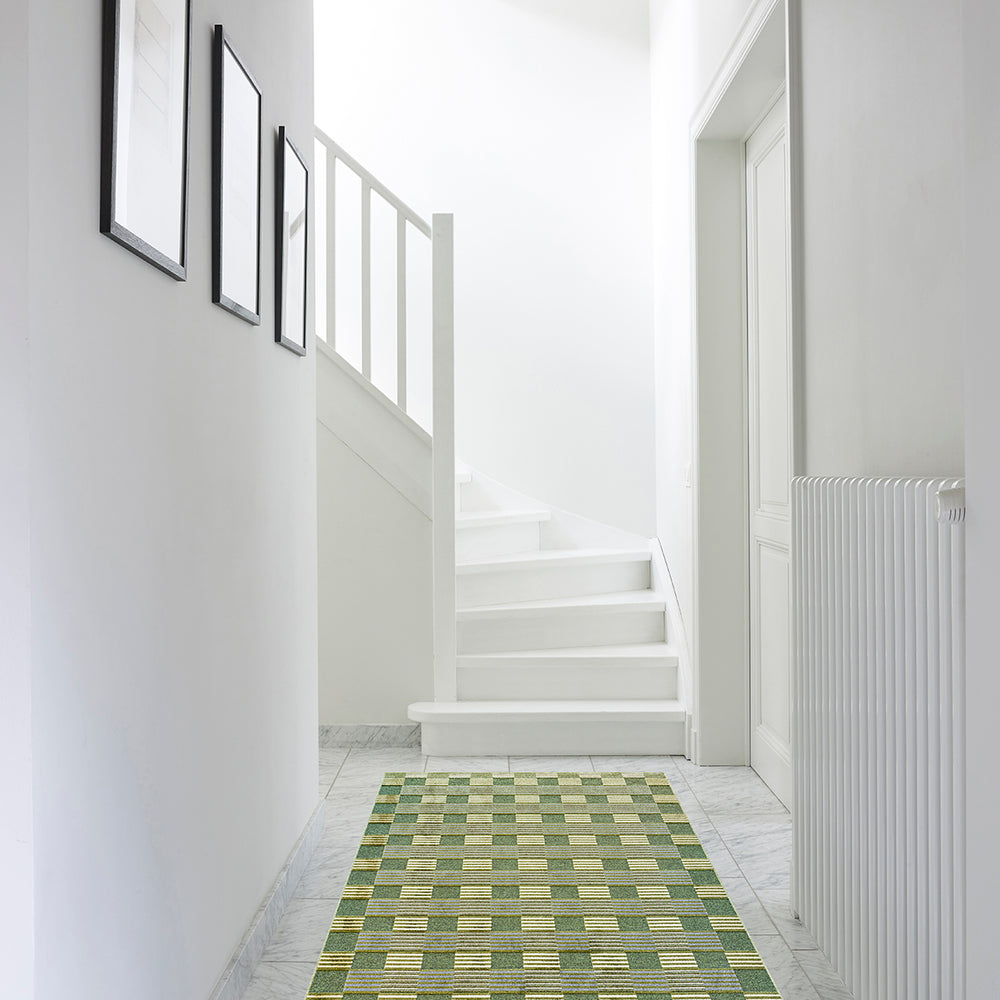
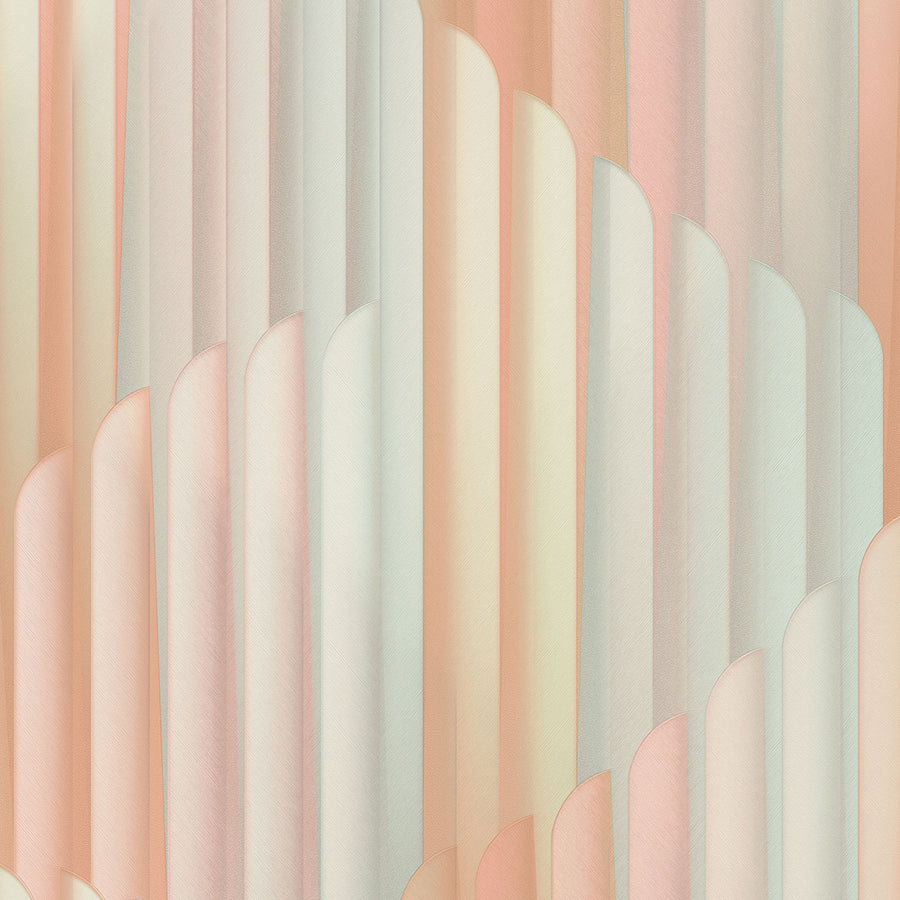
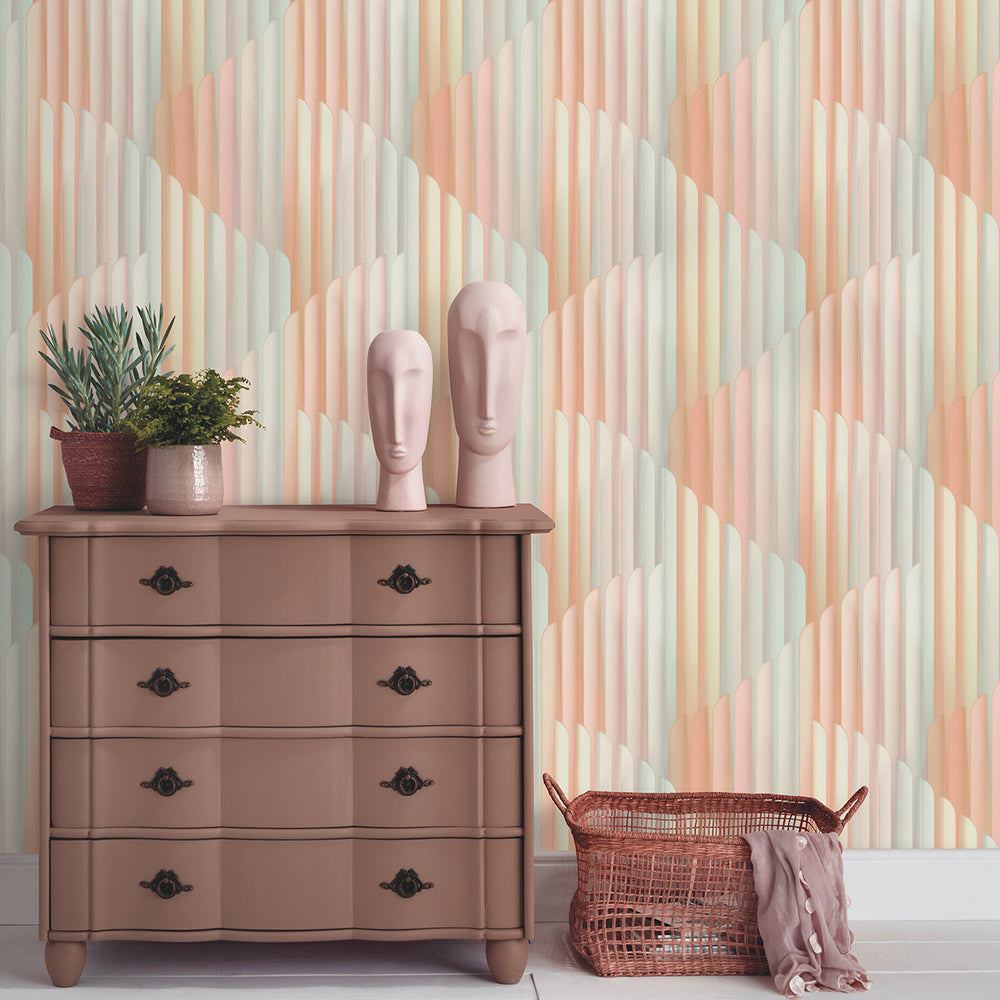
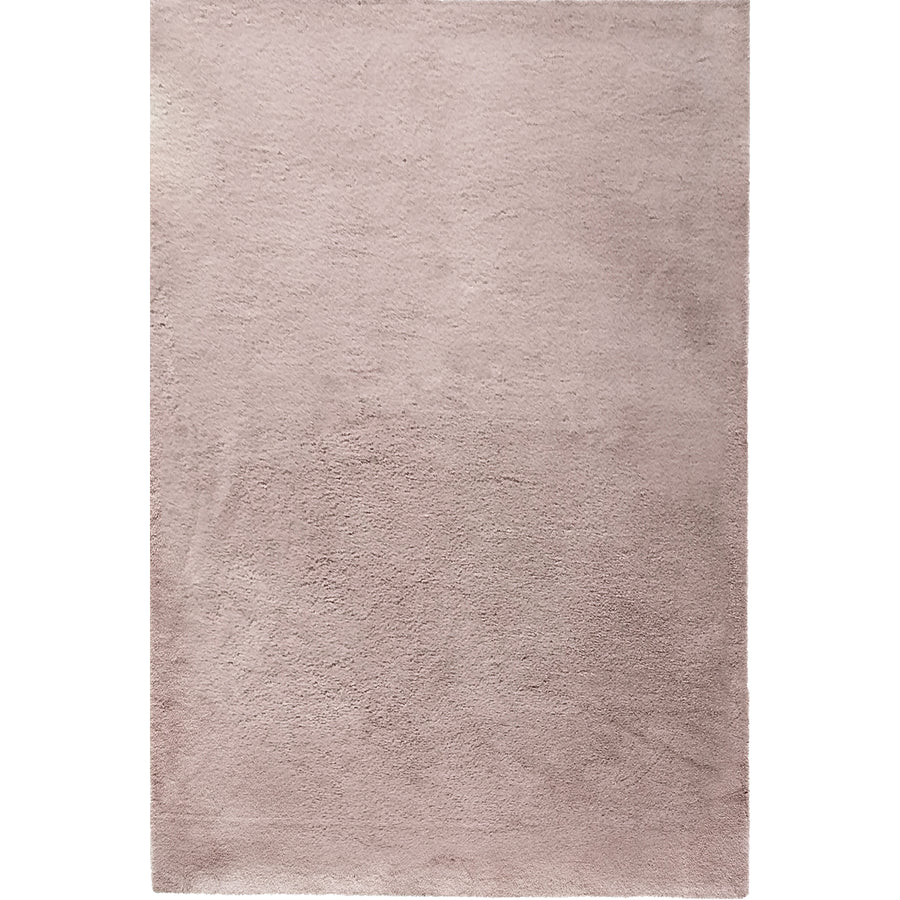
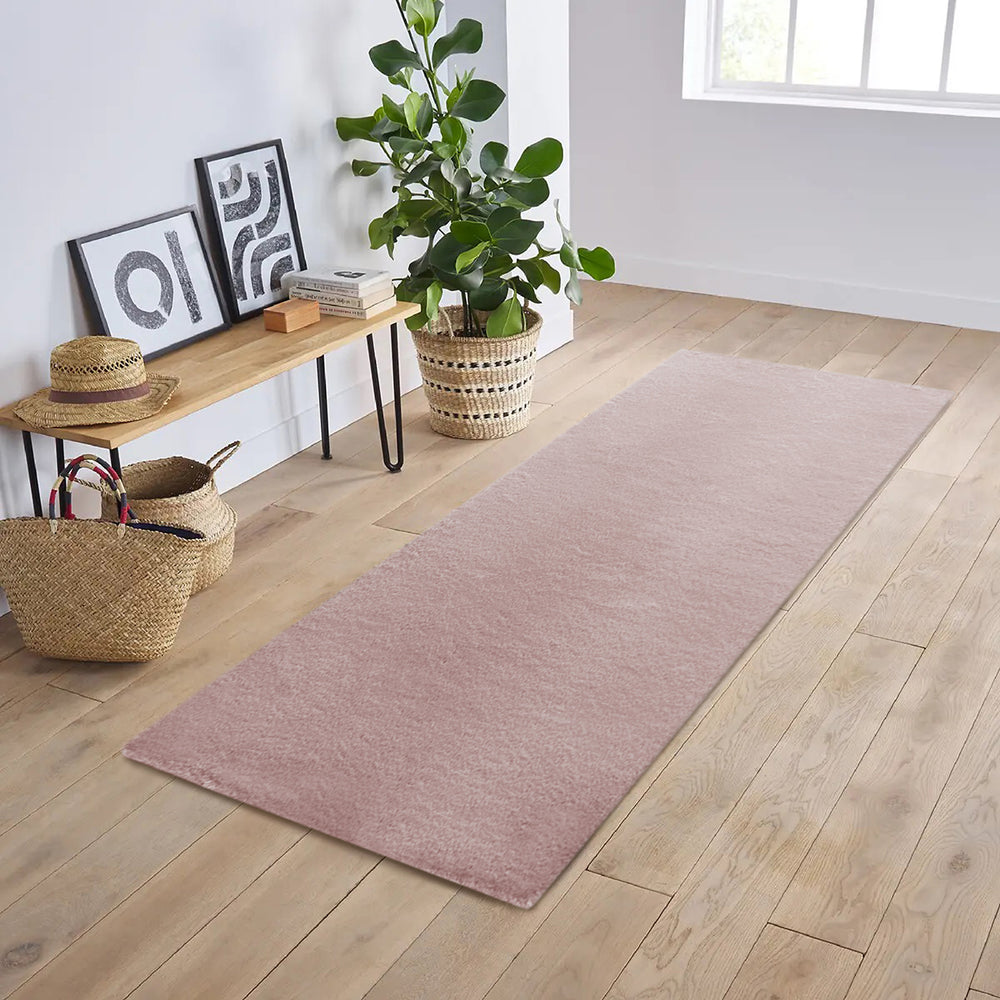
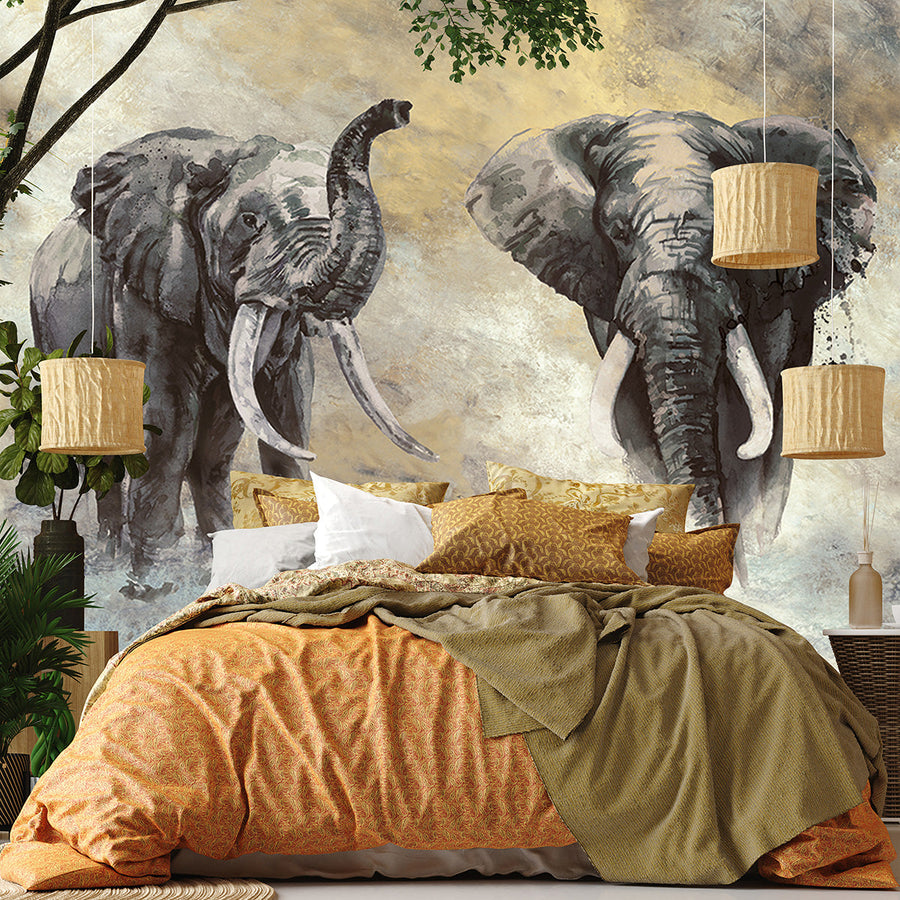
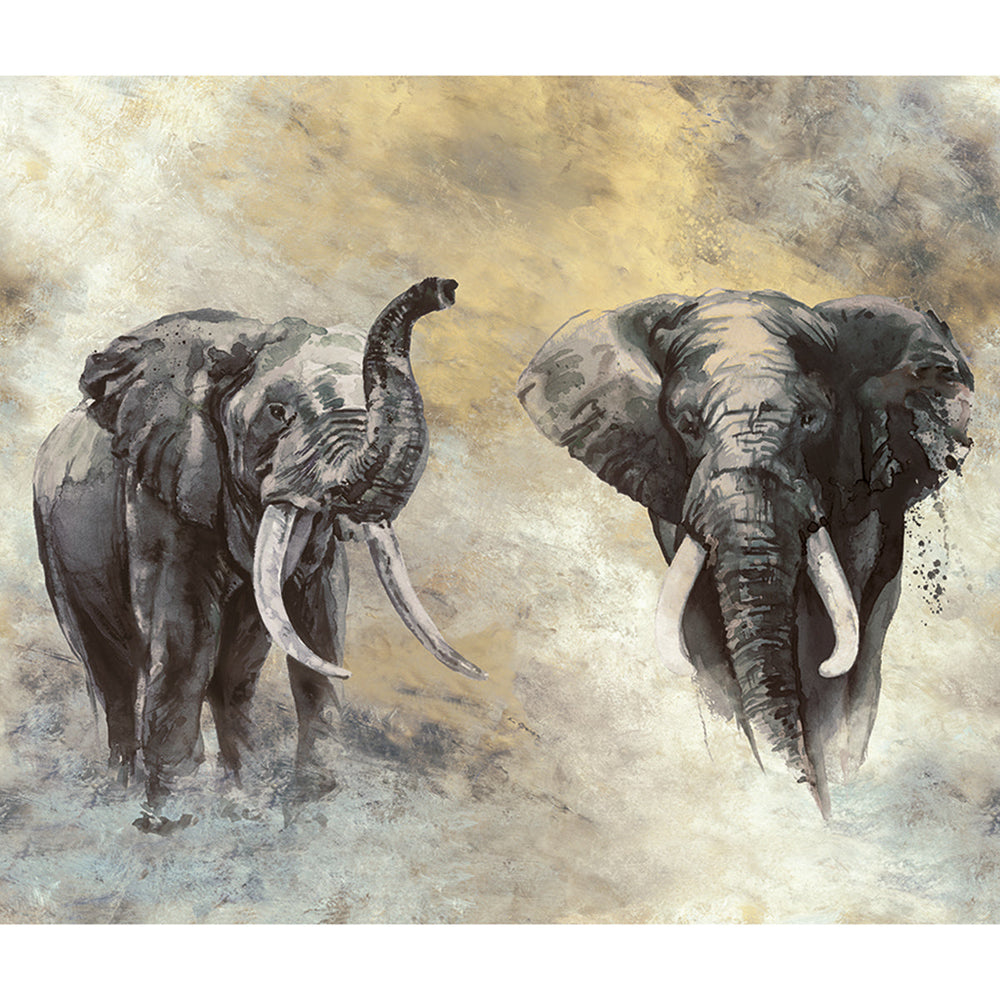
Leave a comment